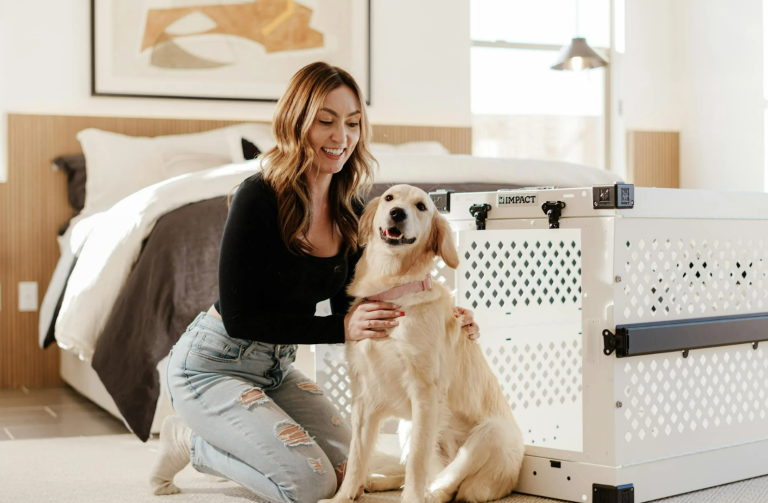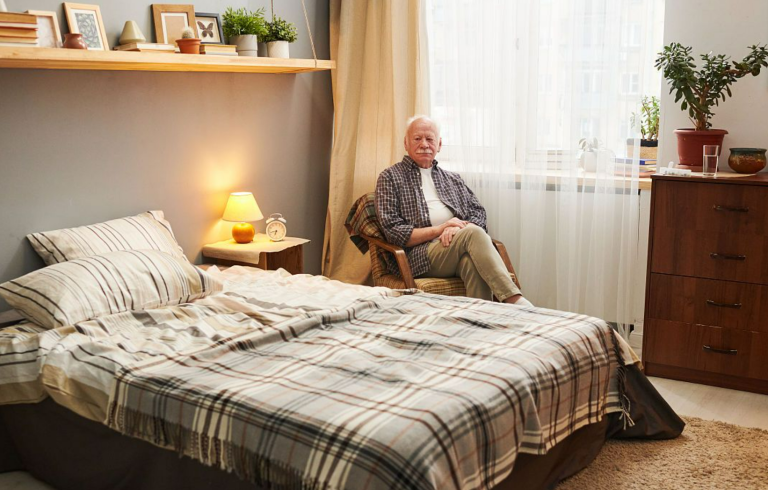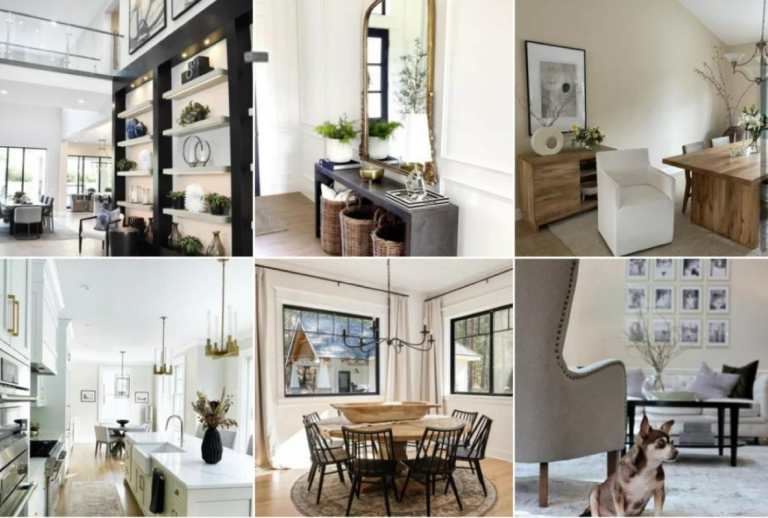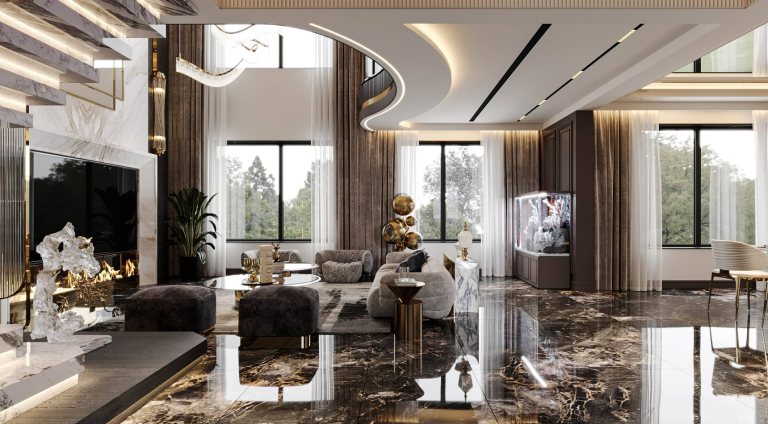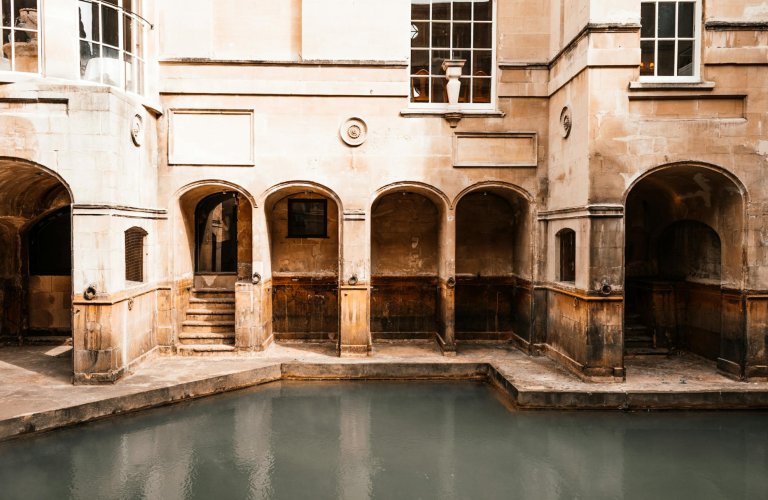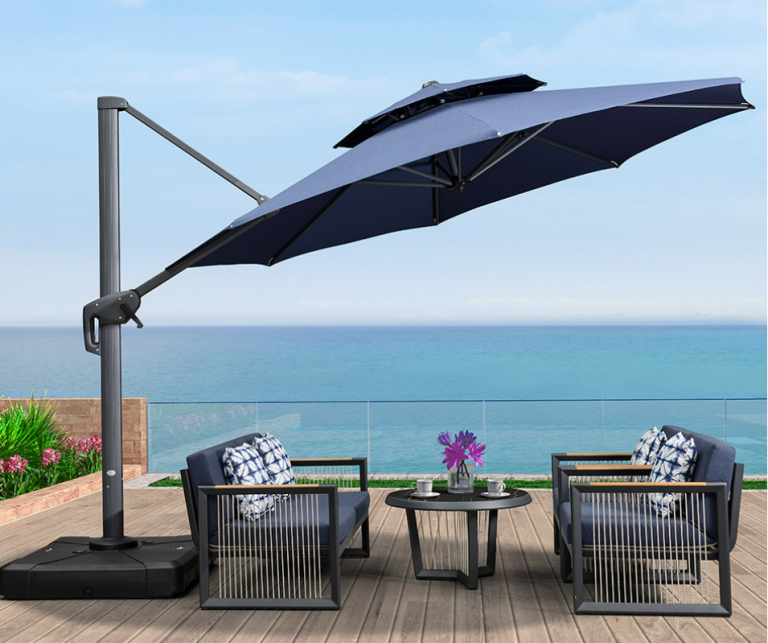

Age-Friendly Interior Decoration Styling: Caring for the Elderly with Warmth
Introduction: Where Safety Meets Style
By 2050, 1.5 billion people will be over 65 (WHO). Age-friendly decoration isn’t about clinical safety features—it’s about weaving warmth and dignity into every design choice. Imagine a home where grab bars double as towel racks, and smart lighting mimics sunrise to ease arthritis stiffness. This is the future of thoughtful design.
The Science Behind Age-Friendly Design
Physiological Needs: Vision, Mobility, and Cognition
After 60, eyes need 3x more light, joints lose 40% strength, and memory recall slows. Solutions like matte finishes (reducing glare) and rounded furniture edges (preventing hip fractures) address these changes invisibly.
Psychological Needs: Comfort and Belonging
Warm tones (2700K–3000K) reduce anxiety, while open layouts with visual connections to outdoor spaces combat isolation—a critical factor since socially engaged seniors live 5 years longer on average.
5 Pillars of Age-Friendly Decoration
Safety First
- Hidden Safety: Replace sharp corners with curved wooden table edges (R≥10mm radius), and use textured wallpaper instead of clinical grab bars.
- Flooring: Luxury vinyl tiles mimic hardwood but with R10 slip resistance—perfect for both style and safety.
Accessibility
- 30-48 Rule: Keep switches 30″ high, cabinets 48″ max—no stretching or bending required.
- Clear Paths: 36″ wide pathways allow wheelchair turns while maintaining elegant proportions.
Adaptive Comfort
- Transformer Furniture: Lift chairs with built-in heat massage and adjustable-height dining tables cater to changing needs.
Sensory Harmony
- Light Layers: Combine 3000K ambient LEDs with 5000K task lighting—like a “visual symphony” for aging eyes.
- Color Coding: Use navy blue chair rails against cream walls to define spaces without institutional vibes.
Technology Integration
- Voice Control: “Alexa, turn on bathroom nightlight” helps arthritic hands.
- Health Monitoring: Under-mattress sensors alert caregivers to irregular sleep patterns.
Room-by-Room Decoration Guide
Living Room
- Seating: Swivel recliners with lumbar support (18″ seat height) in performance fabric—stain-resistant yet luxurious.
- Lighting: Floor washers (200 lux) eliminate shadows that hide tripping hazards.
Bedroom
- Bedside: Floating nightstands (30″ high) with wireless charging and emergency pull cords disguised as tasseled lamps.
Bathroom
- Shower: Teak benches with hidden drainage grooves blend spa-like aesthetics with safety.
Material Selection
FSC-certified oak offers durability for grab bars, while antimicrobial quartz counters marry hygiene with elegance.
Common Mistakes
- Over-lighting: 500+ lux in bedrooms causes glare—layer 300 lux ambient + directional task lights instead.
- Monochromatic schemes: Low-contrast rooms disorient; add bold-colored drawer pulls as visual anchors.
Future Trends
Biophilic design with vertical gardens improves air quality while reducing stress—proving safety and beauty aren’t mutually exclusive.
Conclusion: Designing with Love and Foresight
True age-friendly decoration honors life stories while anticipating needs. It’s not just about adding years to life, but life to years.
FAQs
- Can age-friendly decor work in small apartments?
Yes! Multifunctional furniture (e.g., storage ottomans) maximizes space without clutter. - What’s the budget for a living room makeover?
3,000–8,000 covers slip-resistant flooring, adaptive furniture, and smart lighting. - How to convince style-conscious seniors?
Show catalogs from brands like 中匠福—their mahogany grab bars look like designer shelving. - Do smart home systems confuse elders?
Start with single-button remotes (e.g., Philips Hue Tap) before introducing voice control. - Best wall color for dementia patients?
Butter yellow (LRV 50-60) reduces agitation while aiding wayfinding
